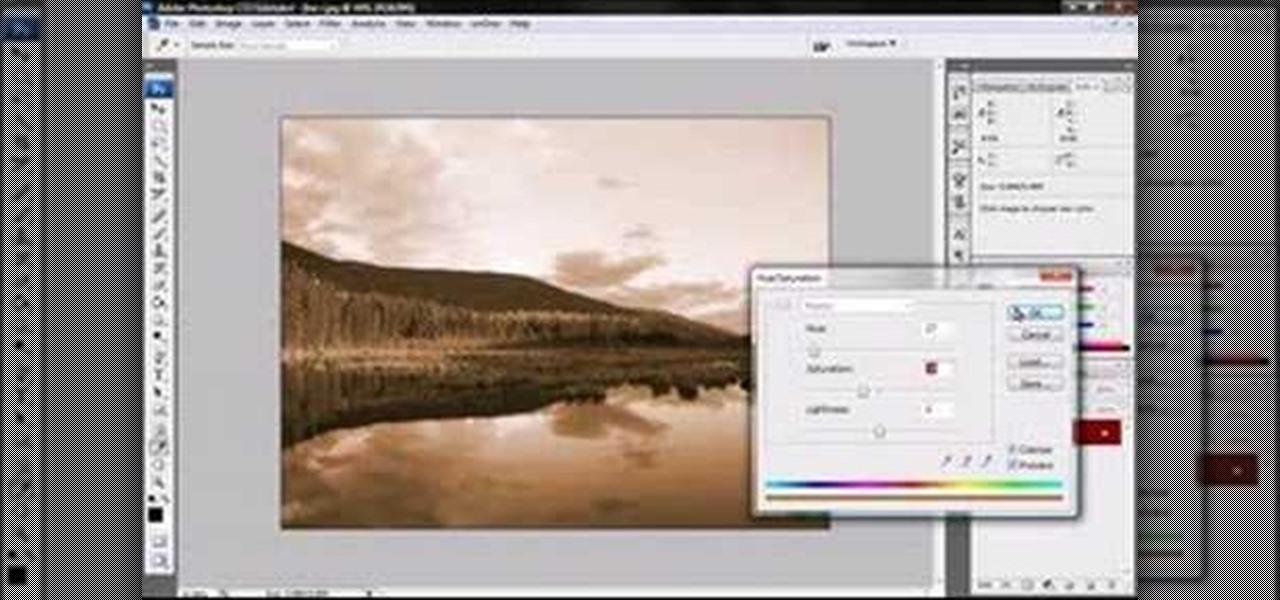
I had no idea that my research into the definition and origins of Sepia would bring me face to face with a cephalopod. Download any Adobe product for a free 30 day trial. Get Adobe Photoshop now at the Adobe Store.įind Photoshop CS4 tutorials and videos on our Photoshop CS4 Tutorials Page. If you are using the Channel Mixer tool, checkmark the monochrome option.Buy. Adjust the settings while looking at the preview to get the results that you desire. We'll go back to edit the settings later.Ĭhange the blending mode of the new Black & White or Channel Mixer adjustment layer to Soft Light.ĭouble click on the Black & White or Channel Mixer adjustment layer thumbnail to bring back the settings. The Black and White or Channel Mixer (If you're using Photoshop CS2 or older) settings will appear. If you are using Photoshop CS2 or older, you will not have the Black & White menu option. In the layers palette, click on the button and choose Black & White. Now we'll add a black and white adjustment layer. If you enable the Invert option, the sepia tone will be visible only in the darker areas of the image. If you leave the Invert option unchecked, the sepia tone effect will only be visible in the brighter areas of your image. The only setting that you may need to adjust is the Invert setting. Make sure that you have the layer mask selected by clicking on the layer mask thumbnail in the Layers palette.Ĭhoose Image > Apply Image and use the default settings. We will now work on the layer mask of the Hue/Saturation adjustment layer.

Your image should now have a bright sepia tone. Copy the settings from the image below then click OK. First, checkmark the Colorize option near the bottom right corner.

In the Layers palette, click on the button and select Hue/Saturation. The half sepia photo effect works on most photos but is most useful for images with high saturation. This version of the half sepia photo effect has higher contrast and works better for more photos. This is a new version of our previous half sepia tutorial.


 0 kommentar(er)
0 kommentar(er)
